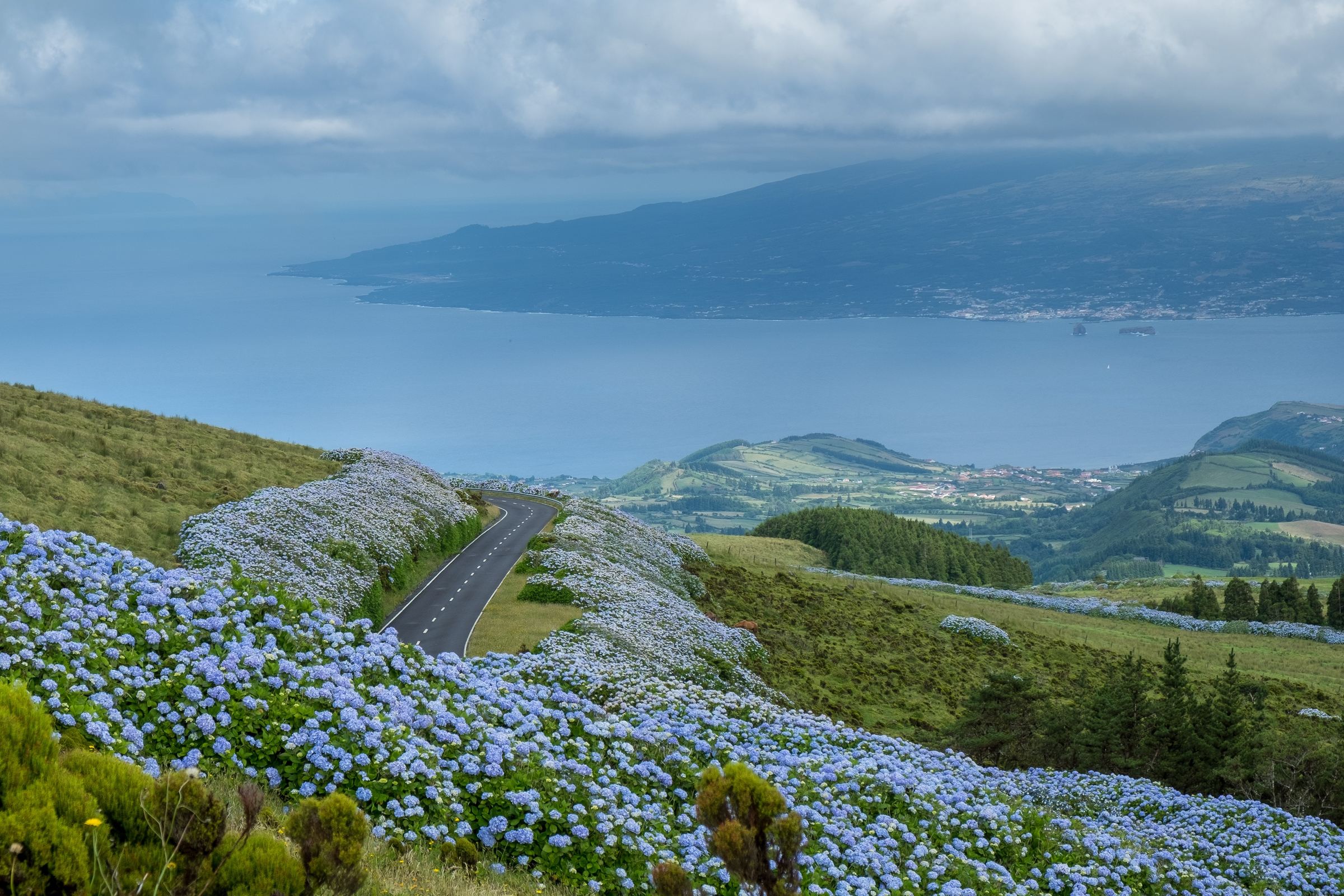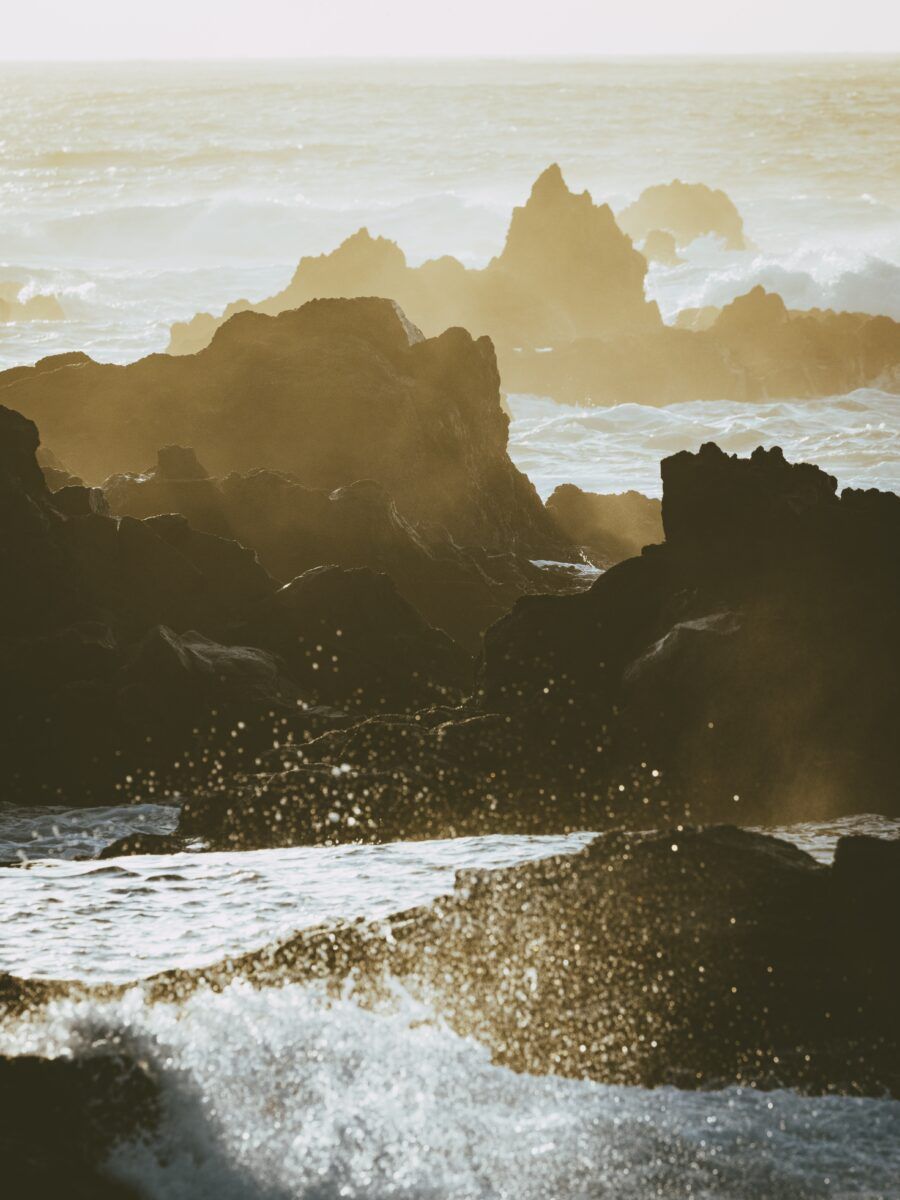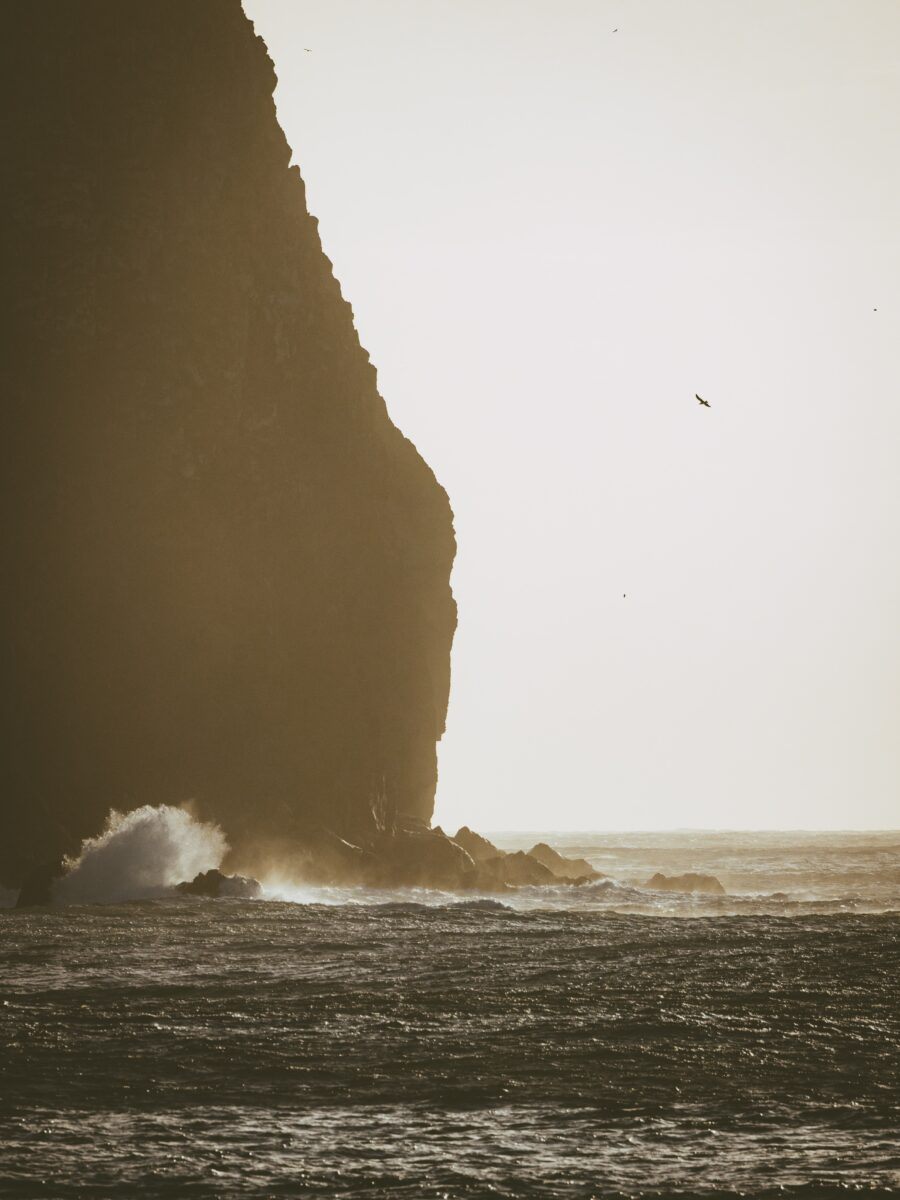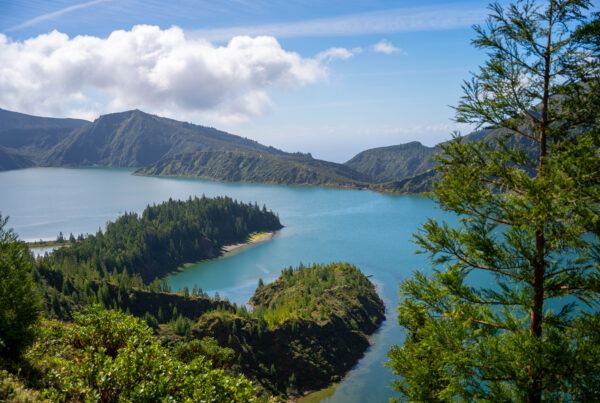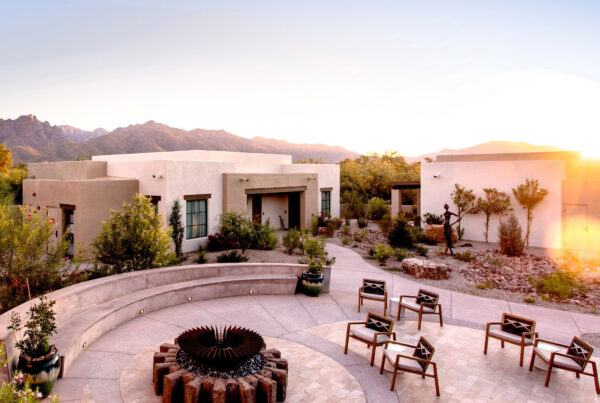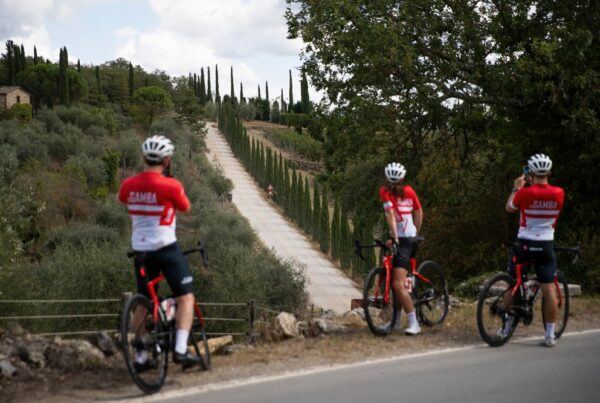The Azores is our newest destination and we’re really excited about it. We’re not the only ones, either, because it’s just been added to a list of must-visit places in National Geographic’s “Best of the World”.
Welcome to the Azores, a paradise archipelago in the middle of the Atlantic Ocean, sometimes called the “Hawaii of Europe.” Stranded 850 miles west of continental Portugal and a five-hour flight from New York City, the region comprises nine idyllic islands.
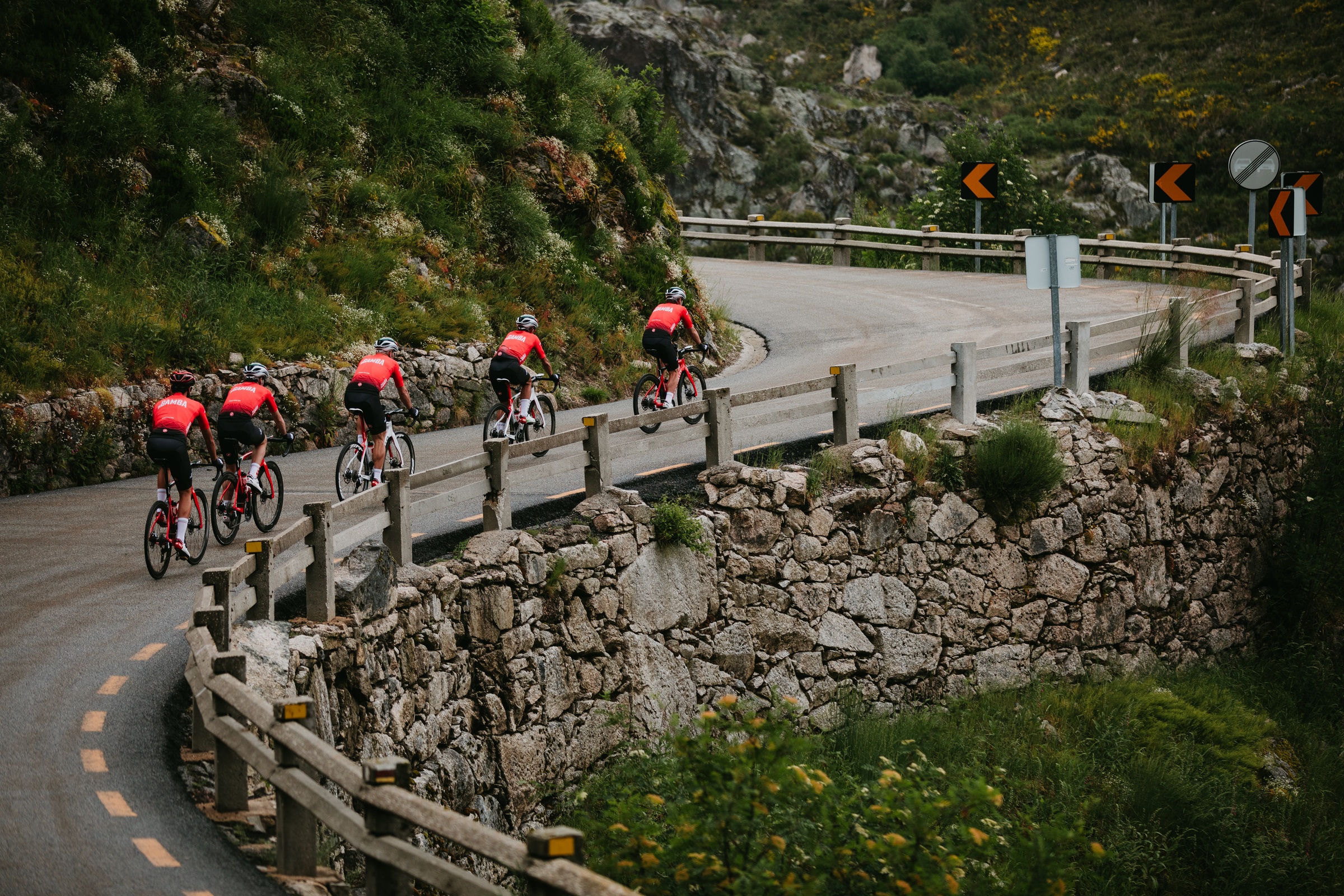
This year, inGamba took a group of lucky riders to explore the primary and most significant island, São Miguel. It’s almost 40 miles from one side to the other and has only a tiny population of 140,000. Historically, the island was discovered by Portuguese settlers in 1427 and 1431. It soon became a vital export value for Portugal since the fertile soil and good climate were perfect for wheat, pastel, and sugar. It was also home to different communities.
As soon as you set foot on it, you will feel like you’ve entered an intact world in a genuine and pure stage—a place with waterfalls, caverns, tropical forests, and volcanic rocks. On one side of the islet, the Sete Cidades lagoon alludes to prehistoric times. Two small green and blue water crater lakes sit between rows of flowers and tender fields. On the other hand, the Furnas Valley is best known for mineral-rich hot springs. It offers us thermal water, the smile of hydrangeas, and clean air. Between, we will experience why it’s often called the “green islet”: a combination of green hills and valleys where the herds of cows look like white splashes.
Yet, São Miguel is not only a place to contemplate the spectacular views. It’s a scene you’d like to enter and take part in. And here, the cycling opportunities are limitless. In some areas, the tarmac is almost perfect. There are fast, steep climbs that go inland from the coast and straight to farmers’ fields or volcanic lakes. There are long climbs to summits and breathtaking viewpoints. And apart from the occasional tractor, roads are almost empty (although you might encounter the occasional traffic jam, i.e., cows).
During our trip to São Miguel, you will also have the chance to taste its trademark gastronomy. Its bountiful culinary traditions are based on local, newly harvested ingredients. You will try tender meats raised in lush pastures, fresh fish and seafood — including giant squid, lobsters, and tuna — abundant in this part of the Atlantic Ocean, and snack on aged cheese from the neighbor São Jorge island. You will sip on surprisingly good white wines and taste incredible sweet pastries. You can also try the Azorean pineapple and drink green tea from the region’s oldest, and currently only, tea plantation in Europe called Gorreana. And not to forget the famous Cozido da Lagoa das Furnas (‘Furnace’ Stew), which is a dish of various meats and vegetables slow-cooked in a unique pot dropped into volcanic hot soil, resulting in unique flavors.
You should visit São Miguel and the Azores at least once in a lifetime. Join one of our next trips to the archipelago and let inGamba make that dream happen.

